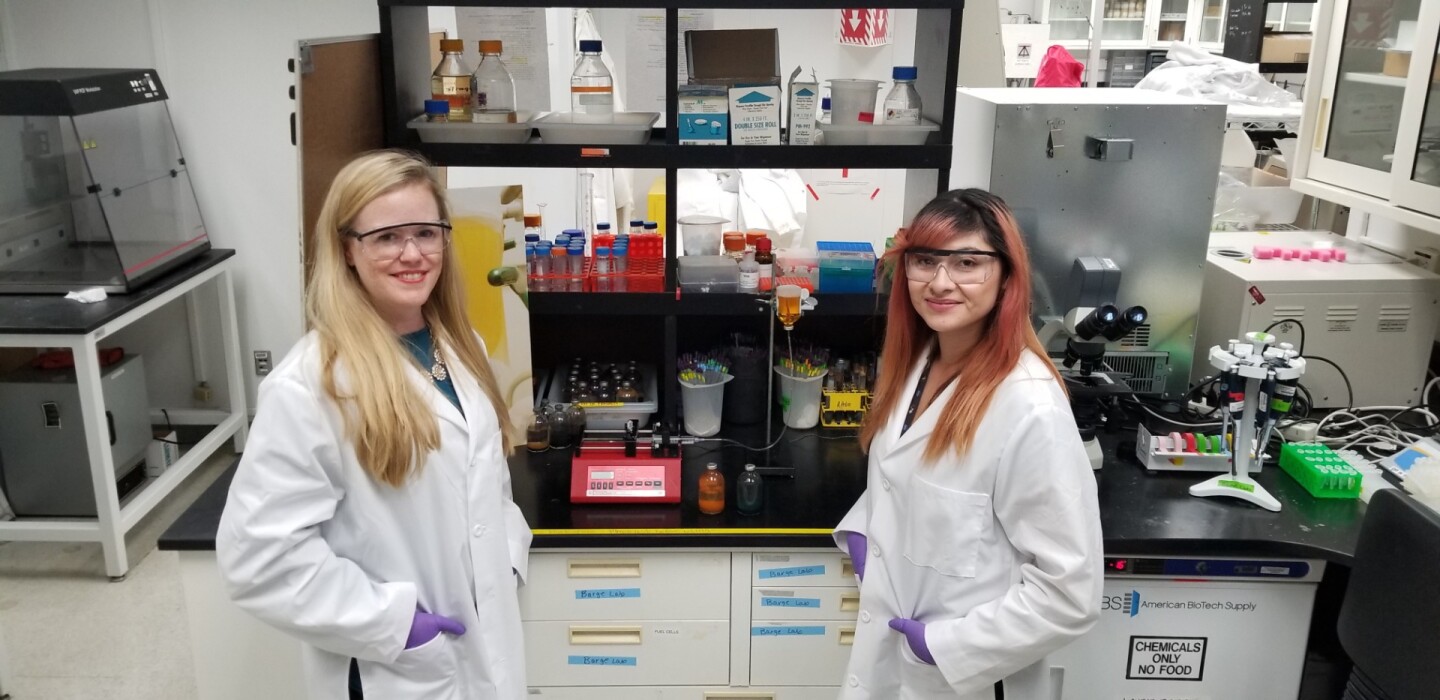To gain a better understanding of how life might have arisen on Earth and other planets, a NASA team led by astrobiologist Laurie Barge has recreated the conditions at the bottom of the ocean four billion years ago. The idea is that by producing a laboratory version of the hydrothermal vents found in the deep ocean and the primordial environment, it's possible to produce the amino acids necessary to create life.
How life emerged on Earth or may have done so on other worlds is one of the great mysteries of science. If you listen to some scientists, you might think that all you need for life to appear on a planet or moon is to add water and just stand back. In fact, the steps from lifeless matter to living organisms are not only bewilderingly complicated, they are hardly understood at all.
To fill in the gaps, researchers since the 1950s have tried to recreate the conditions that are thought to have been present after the Earth formed and cooled enough to allow liquid water to exist. Generally, this involves taking a mixture of chemicals to simulate the prebiotic atmosphere, sea, or lakes, and then introducing some energy source like simulated lightning or sunlight.
However, deep sea exploration in the last century has uncovered another place where life or its necessary precursor could have first emerged. In many areas, the deep ocean floor is dotted with volcanic vents and chimneys that release mineral-laden hot water that provide the energy to support whole mini-ecosystems that survive without recourse to sunlight or food migrating in from sunlit regions.

The NASA study looked at these hydrothermal vents not just as a way of sustaining life, but as a possible source of early amino acids and other organic molecules that eventually became living organisms.
In the latest experiments Barge's team took water, minerals, and precursor molecules pyruvate and ammonia, as well as iron hydroxide, also called "green rust" – a common mineral on the primordial Earth. They then adjusted the water's pH to alkaline and heated the solution to 158⁰ F (70⁰ C), which is about that found in the neighborhood of a hydrothermal vent.
According to NASA, when small amounts of oxygen were introduced, the green rust reacted with it and transformed the solution to produce the amino acid alanine and the alpha hydroxy acid lactate. The latter is a byproduct of amino acid reactions. This in and of itself is a baby step when it comes to producing life, but such molecules could combine to produce more complex proteins and, eventually, a self-replicating pre-living compound. The long-term goal is to reverse engineer these steps and recreate them.
Experiments like this not only provide insights into the origins of life on Earth, but may also help scientists to predict where they're most likely to find extraterrestrial life on Jupiter's moon Europa, Saturn's moon Enceladus, other icy moons in the Solar System, and exoplanets orbiting other stars. It might even help in seeking signs of ancient life on Mars.
"We don't have concrete evidence of life elsewhere yet," says Barge. "But understanding the conditions that are required for life's origin can help narrow down the places that we think life could exist."
The results were published in the Proceedings of the National Academy of Sciences.
Source: NASA






